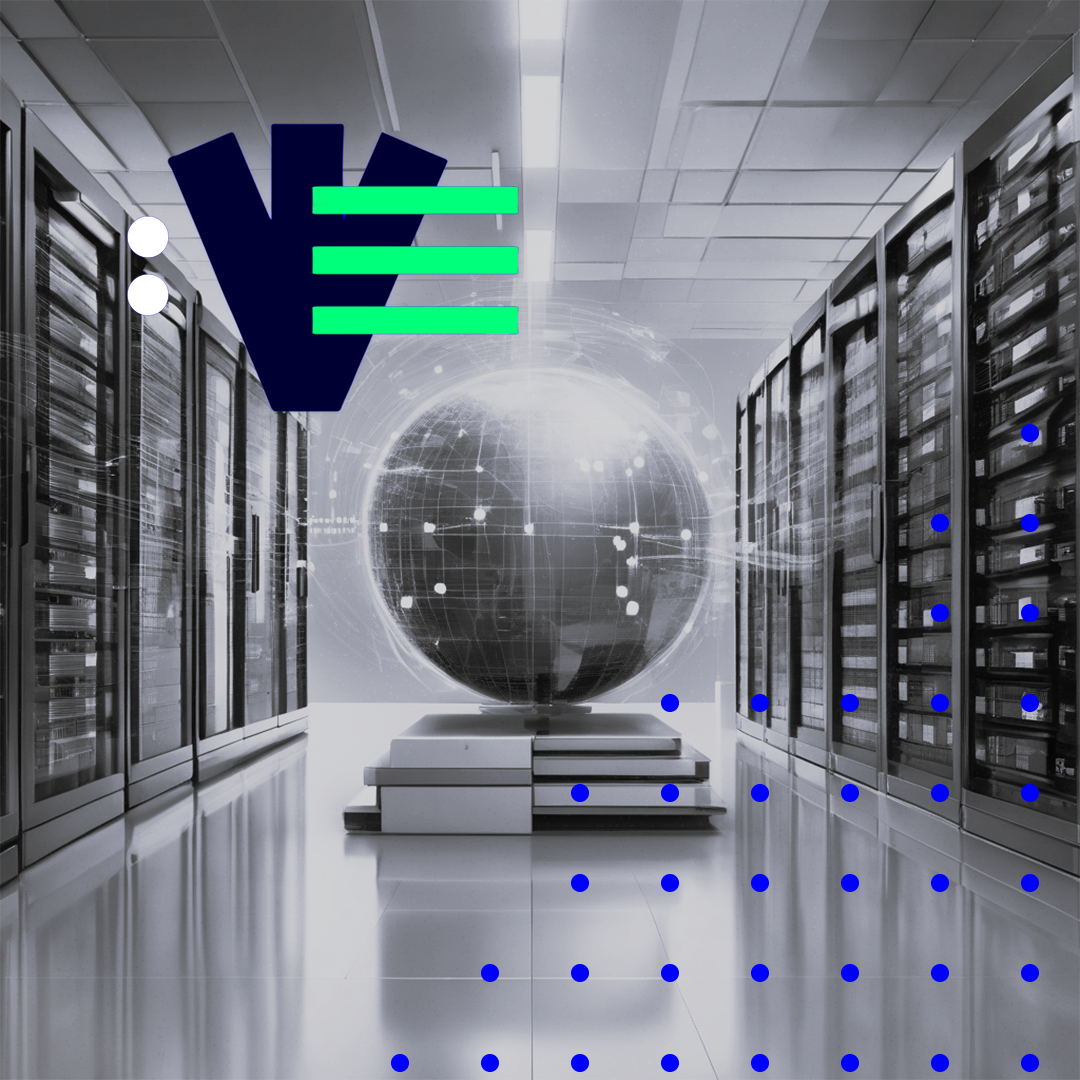The future is smart: IoT, AI, and Big Data - Smart City & Smart Campus
How public administrations and educational institutions can benefit from these technologies The transformative role of IoT, AI, and Big Data in the...
4 min read
 Géraldine Wymann
:
Apr 25, 2024 12:17:23 AM
Géraldine Wymann
:
Apr 25, 2024 12:17:23 AM

Table of Contents
In today's IT landscape, there's hardly any room for discussions other than emerging technologies like AI/ML, Cloud, Security, Big Data, and Green IT. Nevertheless, it's a recent acquisition that is now causing a stir and influencing many companies regarding their future IT direction: Broadcom's acquisition of VMware.
For some companies, the acquisition is unsettling and brings uncertainties, concerns about price increases, and complicated communication - challenges they now have to deal with. On the other hand, other companies see this situation as an opportunity to critically rethink and possibly realign their data and IT architecture. In this interview with Reto Fallegger, Solutions Architect Data Management at BNC, we discuss possible approaches.
_It is essential that we not only react to short-term challenges but rather consider the IT and data architecture as a whole. This includes considering how to avoid long-term dependencies and maintain control over our data – one of the most valuable assets of a company. An example of this is the revision of the data storage infrastructure towards a modern and hybrid environment. Another situation involves expanding the application/service portfolio with various pillars for optimal placement of services. Therefore, the strategy should not necessarily be "cloud-first" but rather "service-optimized placement".
_A flexible infrastructure is the foundation of agile IT. By distributing workloads and optimizing resources, we create capacity, flexibility, and efficiency. At the same time, organizing the flow of data enables seamless information exchange between processes and systems. This not only increases the reuse of data but also prevents the formation of isolated information islands, known as data silos. Our goal is to achieve seamless integration and usability of data across all platforms and applications to optimize business processes and maximize value creation. This starts with a universal data management platform that supports hybrid scenarios and platforms and leads to comprehensive workload management environments. Following the principle of "PLAN-BUILD-RUN".
_At BNC, we understand that a successful IT and data architecture should not only encompass technical aspects but must also be closely aligned with business goals and available resources. This includes merging business requirements with corporate strategy and identifying optimization potential to effectively utilize resources and maximize the company's capabilities. Additionally, modern IT architectures must be adaptive to dynamically manage data and facilitate its reuse (e.g., for analysis or predictions) – all with the aim of fostering responsive business development and preparing the organization for future challenges. At BNC, we comprehensively consider the needs of our customers in architecture decision-making and incorporate a variety of factors. This includes, among other things, the holistic consideration of a platform, including maintainability, management, and integration into existing or future ecosystems, not just the costs of licenses and subscriptions.
_When choosing between cloud and on-premises solutions, it's important to adopt an integrated perspective. Hybrid solutions can often be a good choice as they combine the speed and scalability of cloud services with the robustness and security of on-premises systems. The challenge lies in designing an IT infrastructure that not only meets short-term needs but also ensures long-term strategic flexibility and scalability. This allows companies to remain innovative while retaining full control over their critical data and systems. To comprehensively consider workload placement options within the architecture discussion, we take indications of available resources and skills, as well as integration into existing and future ecosystems, into account.
_The choice of the appropriate virtualization technology is crucial for the future alignment of the IT infrastructure. Alternatives such as Microsoft Hyper-V, RedHat OpenShift Virtualization, Proxmox Virtual Environment, and KubeVirt represent different philosophies of virtualization and each offer their own benefits depending on specific use cases and company needs. A thoughtful selection of these technologies enables a tailored modernization of the IT landscape. Factors such as existing resources, already established cornerstones of the IT architecture (e.g., backup environment, monitoring environment, automation platform, etc.), or available expertise significantly influence this decision. Furthermore, companies often have core applications in use for which manufacturers certify certain platforms. All of these considerations and constraints influence the choice of virtualization technology. Additionally, the virtualization platform should be considered as a cornerstone of the workload placement strategy - other elements include cloud services, external partners, and application modernization platforms based on technologies such as Kubernetes.
The core idea should not only be the mere replacement of existing systems but a profound shift towards more efficient, scalable, and agile operating models. This means reworking traditional IT environments to incorporate the benefits of cloud agility, better automation capabilities, and more flexible data management solutions. This establishes a solid foundation for addressing future business requirements and quickly adapting to market changes.
_Our advice at BNC is to view the situation as an opportunity. Companies should use the current uncertainty as motivation to holistically develop their IT and data architecture. BNC supports decision-makers in identifying and implementing the right steps, ensuring that a company remains innovative and competitive in the future. Throughout the entire process, BNC can serve as a companion, supporter, and executor.
Reto Fallegger has been working in the IT industry since 2007 and has been part of BNC since January 2021. In his previous role, he managed IT projects for a globally operating industrial company and significantly shaped its IT architecture. Centralization projects, evolving business requirements, and the compatibility of social and technical issues were important components of his daily work. At BNC, Reto supports our clients in the area of data management, helping to address architecture and upcoming challenges sustainably. Reto is deeply committed to engaging with clients and discussing possible solution approaches.


How public administrations and educational institutions can benefit from these technologies The transformative role of IoT, AI, and Big Data in the...

Differences and Parallels Key IT Security Insights for Businesses

What awaits the Head of IT in Banks and Insurance Companies in the year 2024? IoT, Telematics, Usage-Based Insurance, Open Banking, and Big Data...